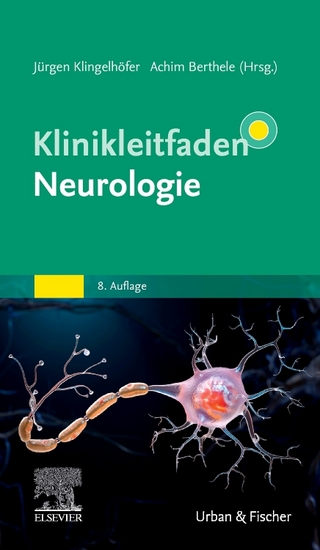Cerebral small vessel disease (CSVD) silently affects a large part of the population, increasing in prevalence with age and with the presence of vascular risk factors. Its harmful effects on brain parenchyma increase the risk of stroke, cognitive decline and dementia, and it is responsible for a spectrum of symptoms that are much less obvious, such as unrecognized mild signs or symptoms of neurocognitive dysfunction, mild mood or behavioral disturbances, gait dysfunction, and a general decline in function generally attributed to normal aging. These consequences pose a heavy burden on patients, families and countries that need to be addressed. Understanding and Treating Cerebral Small Vessel Disease provides an insight into a broad area of research in this field, focusing on topics that deal with the underlying pathophysiological mechanisms of CSVD, recent clinical and neuroimaging findings, biomarker developments, comorbidities, prevention strategies and emerging therapeutic options. The contents are distributed in five sections that span these topics. Section I, "Pathophysiology and Subtypes of Cerebral Small Vessels Disease", includes three chapters that deal with the prevalence of different forms of small-vessels disease in vascular cognitive impairment, and the pathophysiological mechanisms of CSVD. Section II, "New Approaches for Diagnosis and Treatment of CSVD", includes six chapters which deal with the microvascular assessment of CSVD through the study of retinal blood (chapter four), a global vision of brain MRI findings in CSVD (chapter five), and digital electroencephalographic changes and computerized analysis methods in CSVD (chapter six). Chapters seven, eight and nine approach the treatment of CSVD, from the assessment of advanced immunoactive therapy for CSVD to the use of non-pharmacological therapies such as transcranial magnetic stimulation and extracorporeal shock wave therapy. The targeting of key pathogenic mechanisms is also discussed in light of experimental data and clinical trials, as well as the introduction of neuroprotection in the treatment of symptomatic and asymptomatic CSVD. Section III, "Potential Biomarkers for CSVD", includes chapters 10-13 dedicated to the early detection of CSVD through brain MRI imaging and the development of alternative circulating biomarkers (brain specific proteins, inflammatory and oxidative stress biomarkers, autoantibodies). The application of these biomarkers in other conditions closely associated with small vessel neurovascular networks, such as migraine, is also discussed. Section IV, "Cerebral Small Vessels Disease and Comorbid Conditions" is comprised of five chapters (14-18) which approach the relationship of CSVD with infectious diseases (viral, bacterial and parasitic infections), highlighting findings in COVID-19. Conditions related with the nervous system, such as cognitive impairment, schizophrenia and chronic alcohol consumption in association with the development of small vessel pathology in the brain are also discussed. Section V includes chapter 19, which briefly summarizes the main topics presented in this book and offers a quick vision from the editors of future trends in microangiopathy diagnosis and treatment.
Preface; Prevalence of Different Forms of Small-Vessel Disease in Vascular Cognitive Impairment; The Pathophysiological Mechanism of Cerebral Small Vessel Disease and Brain-Derived Proteins as Biochemical Markers; The Role of Nitric Oxide and Superoxide Anion Radical Cycles in Cerebral Small Vessels Pathology; Microvascular Assessment in Cerebral Small Vessel Disease; Global Vision of Brain MRI Findings in Cerebral Small Vessel Disease; EEG in Cerebral Small Vessel Disease; Advanced Treatment Options for Cerebral Small Vessel Disease Assessed by Ultra-High-Field MRI Findings, and Autoimmune Biomarkers of Neurotoxicity; Key Pathogenetic Mechanisms and Therapeutic Approaches to Modify the Course of Cerebral Small Vessel Disease; Neuroprotection in Cerebral Small Vessel Disease; Detecting Asymptomatic Cerebral Small Vessel Disease: Brain Specific Proteins as Surrogate Biomarkers; Circulating Inflammatory and Oxidative Stress Biomarkers in Subclinical Cerebral Small Vessel Disease; Potential Biochemical Markers for Migraine and CSVD; Assessment of Cognitive Impairment Due to CSVD Using Neuroimaging and Liquid Neurovascular Biomarkers; Endothelial Dysfunction Induced by Infectious Agents in Cerebral Small Vessel Disease; Cerebral Vascular Disorders in COVID-19; Interactive Effects of Vascular Disease, Cognitive Impairment, and Dementia; Particularities of Cerebral Small Vessel Disease in Schizophrenia; The Risk of Cerebral Small Vessel Disease Due to Uncontrolled Alcohol Consumption; Future Trends in Microangiopathy Diagnosis and Treatment; Index.



